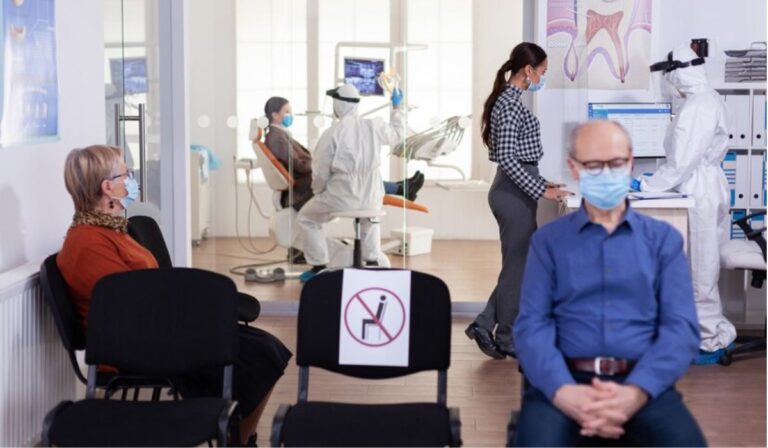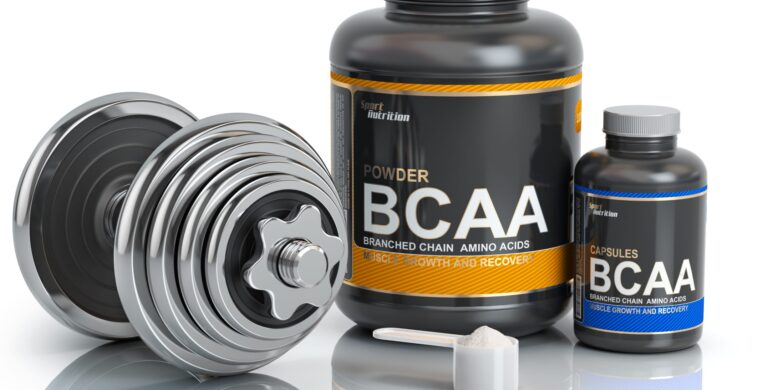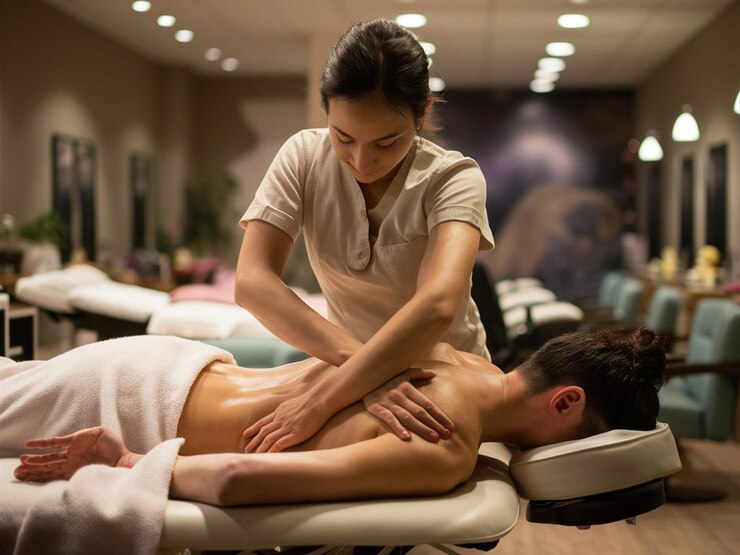Unlocking Mobility: The Role of Knee Immobilizers in Injury Recovery
Injuries to the knee can be debilitating, disrupting daily activities and hindering mobility. Whether due to trauma, surgery, or medical conditions, such as ligament tears or fractures, these injuries often require immobilization to promote healing and prevent further damage. One tool commonly used in such cases is the knee immobilizer—a device designed to stabilize the knee joint, reduce pain, and facilitate recovery. In this article, we explore the purpose, benefits, and considerations surrounding knee immobilizers in injury rehabilitation.
Understanding Knee Immobilizers
A knee immobilizer is a specialized orthopedic device used to restrict movement of the knee joint, typically following injury or surgery. It consists of adjustable straps, padded supports, and rigid stays that encase the knee, providing stability and support while allowing for controlled motion. Knee immobilizers are available in various sizes and configurations to accommodate different leg shapes and injury types.
Purpose of Knee Immobilization
The primary purpose of a knee immobilizer is to protect the knee joint from further injury and promote optimal healing. By restricting movement and stabilizing the knee in a neutral position, the immobilizer helps alleviate pain, reduce swelling, and prevent excessive strain on injured tissues. Additionally, immobilization minimizes the risk of re-injury during the early stages of rehabilitation, allowing damaged structures to heal without disruption.
Benefits of Knee Immobilizers
Knee immobilizers offer several benefits for individuals recovering from knee injuries or undergoing post-operative rehabilitation:
Stability: By immobilizing the knee joint, the device provides stability and support, reducing the risk of accidental movements that could exacerbate injury or impede healing.
Pain Relief: The compression and support provided by the immobilizer can help alleviate pain and discomfort associated with knee injuries, allowing individuals to engage in activities of daily living more comfortably.
Edema Control: Immobilization helps minimize swelling (edema) around the knee joint, promoting better circulation and facilitating the body’s natural healing processes.
Protection: Knee immobilizers offer protection against further injury by preventing excessive movement or stress on injured tissues, ligaments, or surgical sites.
Early Mobilization: In some cases, knee immobilizers are used as part of a phased rehabilitation program, gradually allowing controlled motion and strengthening exercises as healing progresses.
Considerations and Precautions
While knee immobilizers play a valuable role in injury recovery, there are certain considerations and precautions to keep in mind:
Proper Fit: It’s essential to ensure that the knee immobilizer fits properly and is adjusted according to individual anatomy and injury type. A poorly fitting immobilizer can cause discomfort, skin irritation, or compromised effectiveness.
Skin Care: Prolonged use of a knee immobilizer can lead to skin irritation or pressure sores, especially if the device is worn for extended periods. Proper skin care and regular monitoring are essential to prevent complications.
Muscle Atrophy: Extended immobilization of the knee joint can result in muscle weakness or atrophy. To mitigate this risk, healthcare providers may recommend gentle range-of-motion exercises or physical therapy to maintain muscle strength and flexibility.
Functional Limitations: While knee immobilizers provide stability and support, they can also limit mobility and hinder functional activities such as walking, climbing stairs, or driving. Individuals should follow healthcare provider recommendations regarding activity restrictions and gradually resume normal activities as tolerated.
Conclusion
In conclusion, knee immobilizers play a vital role in the management of knee injuries and post-operative rehabilitation. By providing stability, support, and protection to the injured knee joint, these devices facilitate healing, reduce pain, and promote optimal recovery. However, it’s essential to use knee immobilizers judiciously, ensuring proper fit, monitoring for complications, and following healthcare provider guidance to maximize their effectiveness and minimize potential risks. With proper care and attention, knee immobilizers can be valuable tools in helping individuals regain mobility and return to their normal activities following knee injury or surgery.
FAQs
How long should I wear a knee immobilizer after knee surgery or injury?
The duration of immobilization varies depending on the type and severity of the injury, as well as the recommendations of your healthcare provider. In some cases, knee immobilizers may be worn for a few days to several weeks to promote healing and stability.
Can I remove the knee immobilizer to shower or sleep?
It’s essential to follow your healthcare provider’s instructions regarding when to wear the knee immobilizer and when it can be safely removed. In most cases, you may be able to remove the immobilizer for activities such as showering or sleeping, but always consult with your provider for specific guidance.
What should I do if the knee immobilizer feels uncomfortable or causes skin irritation?
If you experience discomfort or skin irritation while wearing the knee immobilizer, it’s important to address these concerns promptly. Adjusting the fit of the device, padding sensitive areas, or using barrier creams can help alleviate discomfort. If irritation persists, consult with your healthcare provider for further evaluation and recommendations.
How soon can I start physical therapy after wearing a knee immobilizer?
The timing of physical therapy initiation depends on the nature of your injury, surgical procedure, and individual recovery progress. Your healthcare provider will determine the appropriate timing for starting physical therapy and provide guidance on rehabilitation exercises and activities.
Can I drive while wearing a knee immobilizer?
Driving with a knee immobilizer may be challenging and potentially unsafe, depending on the extent of immobilization and your ability to operate the vehicle safely. It’s essential to follow any driving restrictions or recommendations provided by your healthcare provider and only resume driving when you feel comfortable and confident doing so.
Are there any activities I should avoid while wearing a knee immobilizer?
Your healthcare provider may recommend avoiding certain activities that could exacerbate your injury or compromise the effectiveness of the immobilizer. These activities may include high-impact sports, heavy lifting, or activities that require excessive bending or twisting of the knee joint. Follow your provider’s guidance to prevent further injury and promote optimal recovery.
How do I clean and maintain my knee immobilizer?
Proper cleaning and maintenance of your knee immobilizer are essential to prevent odor, bacterial growth, and skin irritation. Follow manufacturer recommendations for cleaning the device, which may include wiping it down with a damp cloth or using mild soap and water. Allow the immobilizer to air dry completely before reapplying it. Avoid exposing the device to excessive heat or moisture, as this could damage the materials or compromise its effectiveness.







